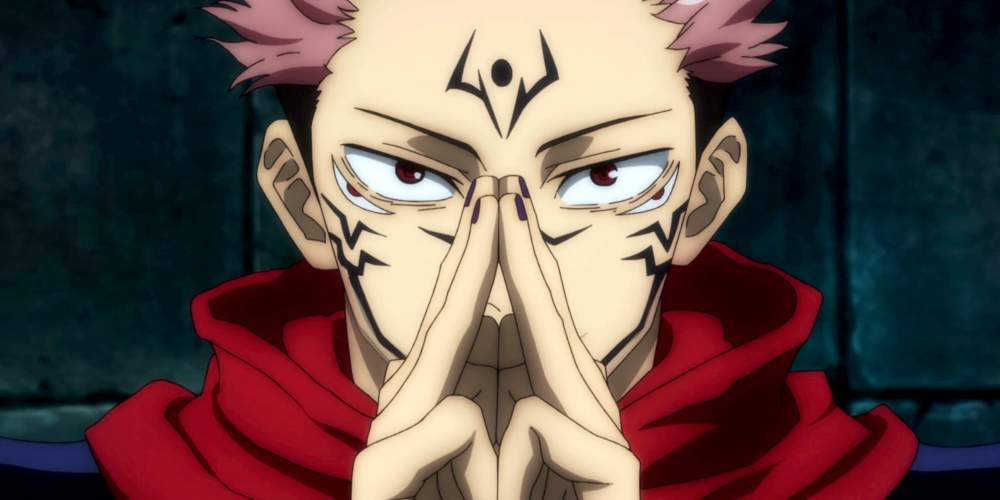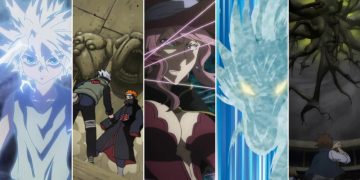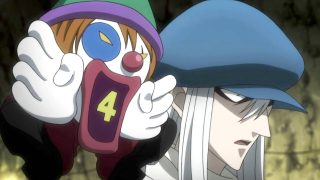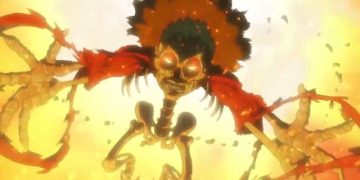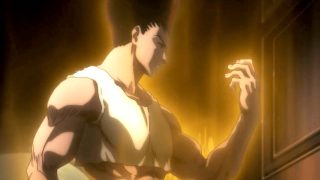It's hard to overestimate the long list of flashy abilities that crop up in action-oriented anime series. From backstory to execution, anime abilities have more than just what meets the eye.
Across different anime series, you'll come across hundreds—or even thousands—of different abilities, but these abilities can usually be classified into one of a handful of categories.
Hunter X Hunter is one of the more notable anime series to explicitly emphasize different classes of abilities in its narrative, featuring very specific Nen types like Emitter and Enhancer. Other anime series do the same, whether they realize it or not.
Here are the most common types of abilities you're bound to run into when watching anime, along with notable examples of each.
1. Emission Abilities
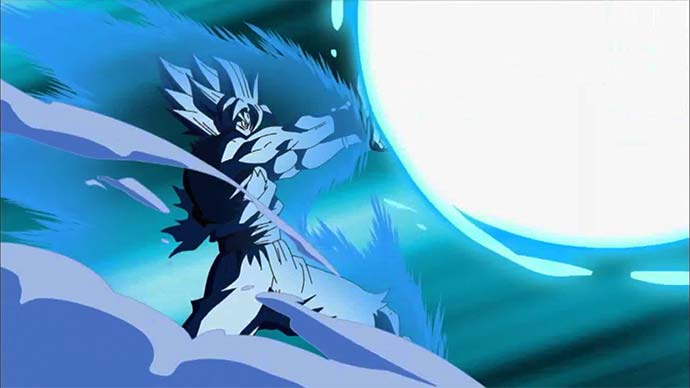
In general, nearly every anime ability can be described as an emission given that abilities usually derive from a power source (e.g. chakra, Nen, ki) that's channeled and manifested in some way.
But we're talking about something more specific. In anime, emission abilities are those that release matter, waves, or beams.
Some characters need time to channel their power source before they can emit, while other abilities can be released on demand. Some emission abilities need charging up, and the longer it takes the more devastating it can become.
The best examples of emission abilities in anime:
Kamehameha Wave (Dragon Ball Z) is a powerful move of Goku where he amasses energy in the palms of his hands and releases it as a straight beam in the direction of his opponent.
Fire Release: Fire Ball Technique (Naruto) is a fire-type ability used mainly by the Uchiha brothers, Itachi and Sasuke. The user blows through his ringed index finger and thumb, releasing either a massive ball of fire that incinerates anything caught in it.
2. Enhancement Abilities
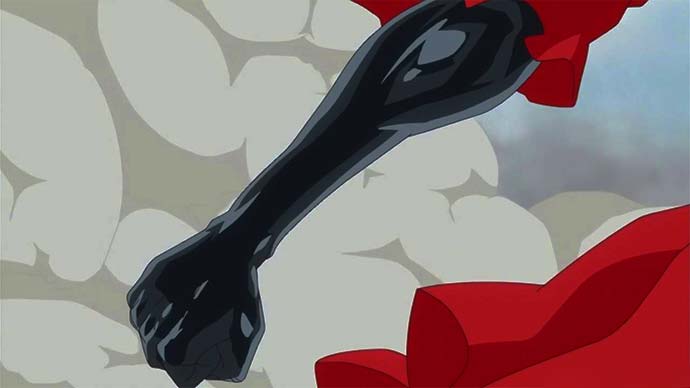
The Hunter X Hunter series has Enhancer-type Nen users who have the simplest techniques: their auras literally enhance whatever they use, whether it be their fists or even a leaf.
In other anime series, enhancement abilities work similarly by empowering users and/or weapons. These abilities can be used defensively or offensively, up to their user's creativity.
The best examples of enhancement abilities in anime:
Hardening (My Hero Academia) is Eijiro Kirishima's Quirk, which allows him to harden his skin into armor. He can also use it offensively, such as by hardening his fist while punching.
Armament Haki (One Piece) is a form of Haki that coats its user (or their weapons) in one's spiritual energy, forming a hardened, black, glossy surface. It's known as the best ability when up against Devil Fruit users who are unaffected by normal attacks.
Black Flash (Jujutsu Kaisen) is an attack that's enhanced by cursed energy, requiring perfect timing and immense concentration. Because it demands great skill and battle experience, it's hard to use well.
3. Manipulation Abilities
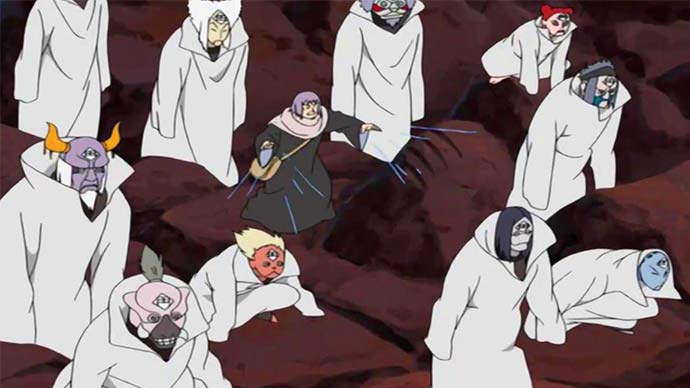
Manipulation abilities aren't too common in anime because they can be overpowered, but they're not exactly rare either. These abilities allow the user to directly take control of someone or something.
The best examples of manipulation abilities in anime:
Puppet Technique (Naruto) is a prominent technique in the Hidden Sand Village, with notable users in Sasori, Chiyo, and Kankuro. They each control puppets using chakra threads from their fingers.
Brainwash (My Hero Academia) is Hitoshi Shinso's Quirk, which allows him to command anyone who answers him. Lelouch's Power of Absolute Obedience (Code Geass) also works the same way, but on those who make direct eye contact with him.
Bending (Avatar: The Last Airbender and The Legend of Korra) is the ability to manipulate the elements: firebending, waterbending, earthbending, and airbending. The most notable benders are Toph (earth), Katara (water), and Aang (all elements).
4. Elemental Abilities
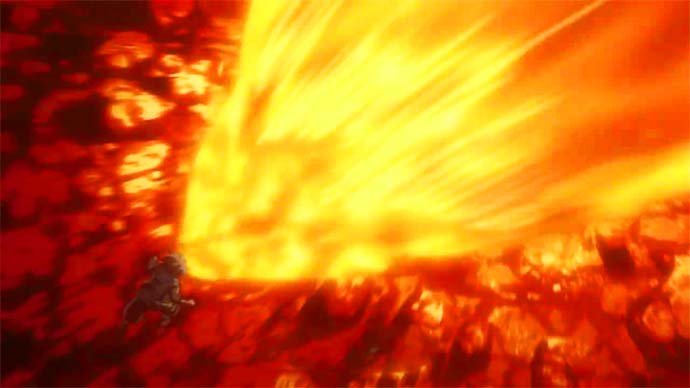
Elemental abilities can also be classified under the other types, but they're foundational in how they often take after the four classical elements of nature: fire, water, air, earth.
It's notably used as the basis for jutsus in Naruto's ninja world as well as for magic for mages in Black Clover, in which we witness common abilities like pillars of flame and water dragons.
The best examples of elemental abilities in anime:
Fire Dragon Slayer Magic: Roar of the Fire Dragon (Fairy Tail) is Natsu's signature move. He inhales deeply and blows a violent fire, imitating what dragons do.
Water Magic: Sea Dragon's Roar (Black Clover) is the magic used by Noelle Silva in battle against Vetto in the Seabed Temple. It resembles a raging dragon, similar to Tobirama's Water Dragon (Naruto).
Wind Release: Rasen Shuriken (Naruto) takes a basic Rasengan and infuses it with wind chakra, giving it wind properties that elevate it beyond the raw chakra as of a basic Rasengan.
5. Transformation Abilities
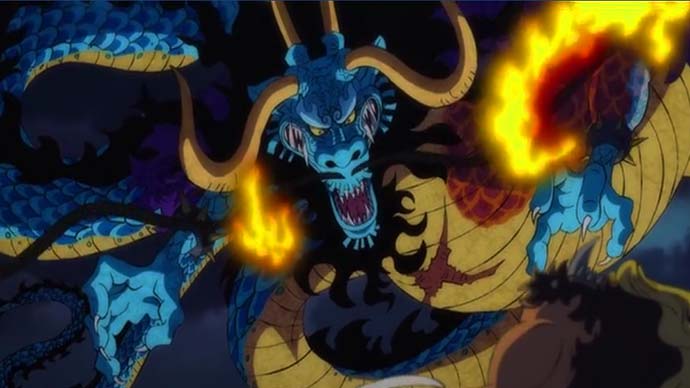
This type of ability allows its user to transform their body (or certain body parts) in various ways to varying degrees.
Transformation abilities can overlap with enhancements, but transformations are special in that they physically manifest changes to someone's physiology, whereas enhancements are more invisible.
The best examples of transformation abilities in anime:
Uo Uo no Mi, Model: Seiryu (One Piece) is a mythical Zoan-type Devil Fruit that allows Kaido to turn himself into a huge dragon, giving him enhanced strength, fire-breathing, and flight abilities.
Take Over: Satan Soul (Fairy Tail) allows Mirajane to transform into a powerful demon and use its abilities. In this form, she gains demonic features in addition to brute strength and power of destruction.
Beast Beneath the Moonlight (Bungo Stray Dogs) is Atsushi Nakajima's Gift, allowing him to turn himself into a White Tiger. It also gives Atsushi incredible healing properties and strength.
6. Special Abilities
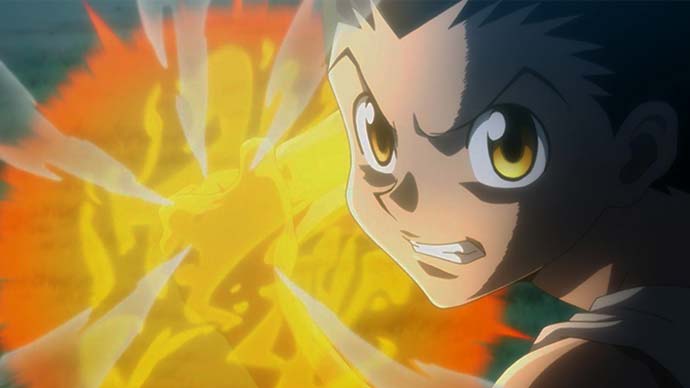
Special abilities are the rest. They're one-of-a-kind abilities that are so unique, they can hardly fit in any other bucket.
These abilities usually only come out when certain conditions are met. The uniqueness can be due to how the ability is executed (with the actual effects belonging to another ability type), or the uniqueness can be right down to the design of the ability itself.
The best examples of special abilities in anime:
Jajanken (Hunter X Hunter) is Gon's signature technique. Between Jajanken: Rock, Jajanken: Scissors, and Jajanken: Paper, Gon can manipulate his aura in different ways that strike opponents in close, medium, and long ranges.
Nen Chains (Hunter X Hunter) is Kurapika's Nen ability. The composition of the Nen technique is special in that it's created as a Conjurer, controlled as a Manipulator, made strong as an Enhancer, and works as though Kurapika uses all Nen types equally effectively.
One For All (My Hero Academia) is a Quirk that can be passed down from one user to another. It's special in that it houses the life energy of all previous users along with their own Quirk Factors, allowing the current user, Izuku Midoriya, to use Black Whip along with One For All.
Amaterasu (Naruto) is Itachi and Sasuke's unquenchable black flames. Amaterasu can be instantly conjured at the user's vision focal point, and the flames of Amaterasu can't be extinguished until the target is completely annihilated.
